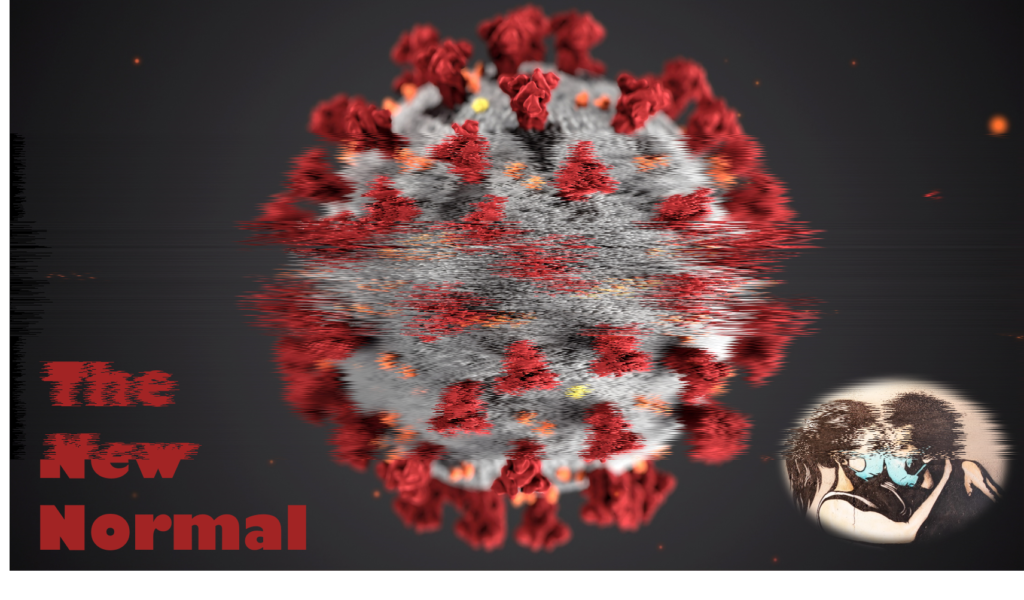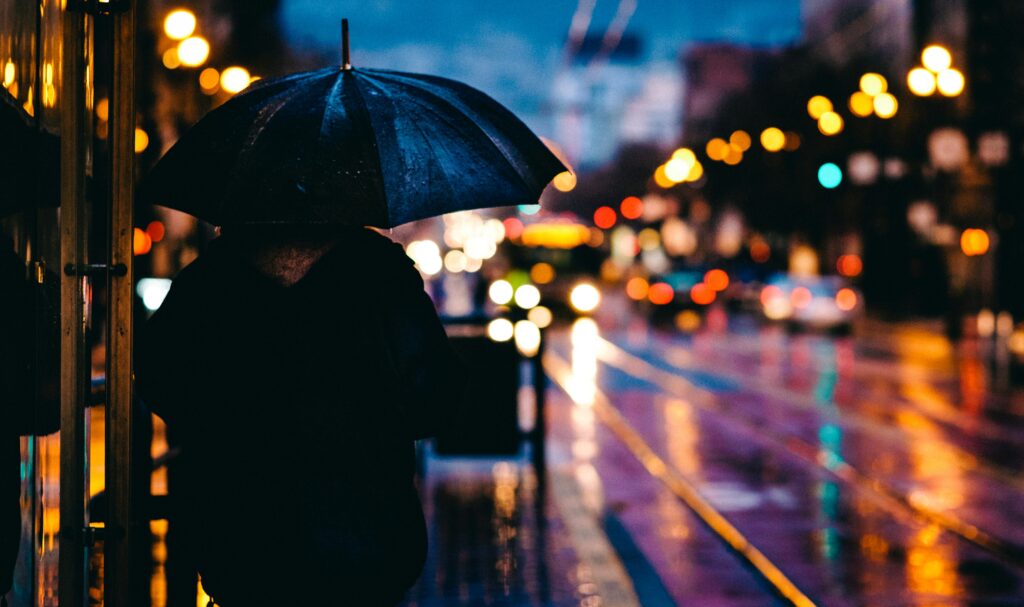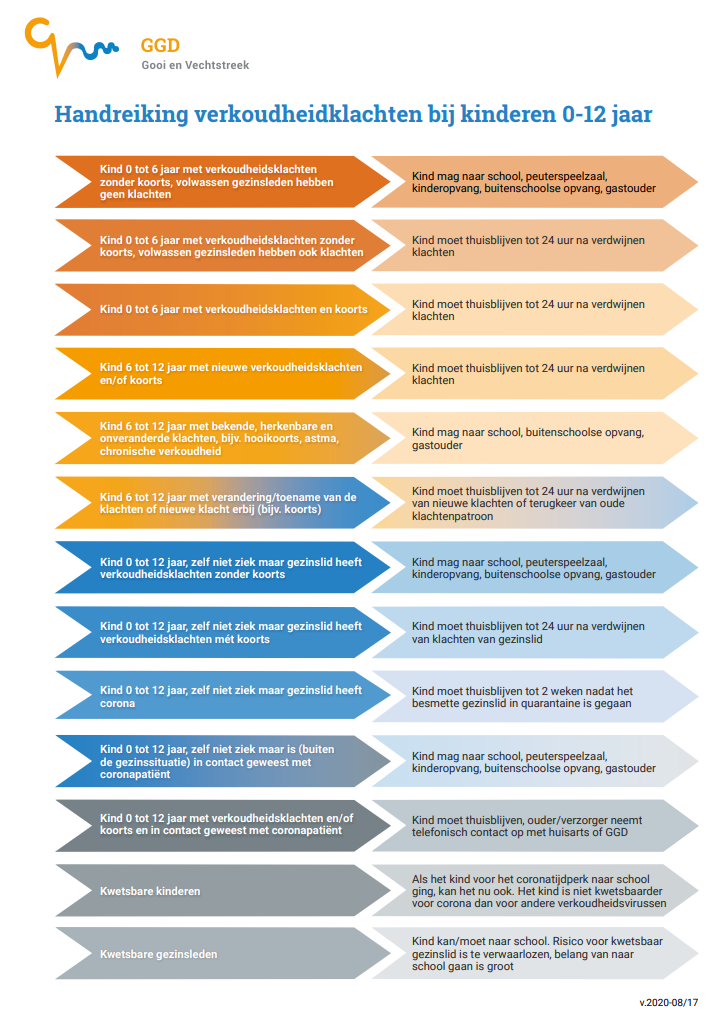The new normal: coughs and sniffles


It was the beginning of March. The corona virus was wreaking havoc abroad, but here it seemed to be something only over-zealous HR policymakers were worrying about. Then, on the twelfth, we received the shock announcement that we would have to work from home until the end of the month. Three days later, the schools were closed for three weeks. Everyone I knew was counting down the days until we could get back to normal. Three weeks seemed like a long time.
On the seventh of April, a bombshell hit. During his press conference, the Dutch prime minister used two new phrases, ‘the new normal’ and ‘the 1.5m society’. My jaw dropped as my heart froze – surely it was impossible that this situation could become permanent? I could not believe in ‘the new normal’. Four months on, I’ve been forced to accept that many things I would have found bizarre back in March, now indeed seem to have become normal. This series of blog posts will look at various aspects of the ‘new normal’ as I experience it in the Netherlands. This post: coughs and sniffles

After a sweltering heatwave, the weather has hit its seasonal turning point and the first signs of autumn are appearing. In the mornings and evenings, darkness is drawing in, and I am glad to snuggle into my coat. There are chestnuts falling from the trees, mushrooms springing out of the ground, and blackberries ripening in the hedgerows. And, of course, there are coughs and sniffles. Usually just part and parcel of this time of year – but now, in times of corona, they have suddenly become ominous.
It was during lockdown that coughs and sneezes first acquired their loaded meaning. Initially, the key symptoms of corona were described as being a persistent cough and fever, but rapidly these were extended until pretty much any symptom involving your nose or throat became suspect. A cough or sneeze in public instantly caused heads to turn in your direction, while a runny nose nearly got our daughter sent home from daycare.

There was an obvious problem with this – while corona may cause all these sorts of symptoms, so do many other conditions. A common-or-garden cold, hay fever, bronchitis. Air conditioning makes me sneeze, which led to an unpleasant experience in the supermarket queue one hot day, when the aircon blasting down on me (clad in my summery outfit of shorts and t-shirt) meant I spent the entire wait desperately suppressing a sneeze, eyes watering, lips twitching. My nose always runs after cycling, so I developed a new ritual of putting my bike in the bike rack and quickly scanning the surroundings before surreptitiously blowing my nose.
These were minor irritations. More of a problem were the consequences of a cough or cold for daily life. We were fortunate that our daughter’s runny nose was the result of having grommets in her ears, and that her sympathetic ENT specialist prescribed a nose spray to clear up the problem, allowing her to attend day care and school. A colleague whose baby suffers from ‘wheezy baby syndrome’ was less fortunate. His child was sent home from day care, so he and his wife had to handle both work and childcare by themselves. Their hope of relief when the official advice was adapted to allow for existing conditions was short-lived – ‘wheezy baby syndrome’ has no official diagnosis, so their child still had to stay home.
As lockdown was lifted, our family looked forward to the glorious prospect of a holiday abroad. In the days leading up to our departure, I was consumed with anxiety that one of us would catch a cough or cold, and we would all have to stay home. A pleasant evening barbecue in the garden ended in unease when our daughters started to feel a bit chilled – what if they caught cold? With such worries, it was no surprise that I developed a funny feeling in my throat. Luckily, this turned out to be 100% psychosomatic, and our holiday went ahead. But it could have turned out very differently.

This all took place in the spring and summer, when the chance of coughs and colds (aside of chronic conditions) was fairly small. Now, as the days grow shorter, the temperatures drop and we all crowd back indoors, it is only a matter of time before the seasonal illnesses start to spread. Having grown used to the freedom of being able to go into the office a couple of times a week, I dread the onset of a cough or cold confining me to home again. But this is the least of my worries. Homeworking, while confining and monotonous for long periods, is no punishment.
Far more concerning to me is what is going to happen with the schools. Looking at our photo album from last year, it is noticeable that the pictures of my daughter’s birthday party are full of happy beaming faces – with snotty noses. Like most children of their age, our girls regularly pick up coughs and colds at this time of the year. Usually, it hasn’t caused more trouble than ensuring a good supply of fresh hankies, buying nose spray if necessary to help them breath more easily, and struggling out of bed during a few broken nights. They have rarely been so ill as to need to stay home from school.

That has all changed now. While the official decision tree handed out by the Dutch health authority is a masterpiece of bureaucratic complexity, it is clear enough: if our girls catch colds, then they will have to stay home. A day or two is not such a problem. But if they are stuck at home for a longer period, then we will need to give them home schooling while keeping up with our own work – this time without the support of the teachers that we had during lockdown, as they will have their hands full with the class at school. If my partner or I become ill, then according to the protocol, the children will need to stay home too – and then we will have to handle work AND home schooling AND being ill, all at the same time.
It doesn’t stop here. What happens when the teachers get ill? The pool of supply teachers is dangerously low, and last year the system was already creaking dangerously. This year we are faced with the situation where teachers will have to stay home at the first sign of illness – not only if they have symptoms but also if someone in their family does. For an already chronically overloaded donkey, this is not so much the last straw as an entire haystack. Incredibly, teachers are currently not being given priority in receiving corona tests. So there is little chance, given the serious shortage in test facilities, that they would be quickly cleared and allowed to return to work. How can the system possibly cope? If the school can’t find cover, then the whole class will be sent home – sending all their parents plummeting back into an ad-hoc version of lockdown. It is possible that we will be faced with the situation where we have one group ill with corona, another group ill with seasonal complaints, yet another group at home because someone in their family is ill, and a final group at home because their child’s teacher is ill. You can see a potential domino effect, rippling through the whole community. Will those left at work – especially in the essential sectors such as healthcare and transport – be able to cope?
No one wants to run the risk of passing corona on to vulnerable members of society. But neither can we afford to be held hostage to every cough or sneeze. They are far too common to be allowed to have such far-reaching consequences. We desperately need reliable, fast, accessible testing. The health minister says that the capacity problems will be quickly solved. Yet these issues were already being talked about back in April, and almost five months later, they are still with us. Thankfully, the politicians have woken up to the need for teachers to be prioritised in testing – but they don’t know yet how they can achieve that. We also desperately need a solution to the chronic shortage of cover for teachers. In many cases, all that is needed is some responsible person to keep an eye on the class while their teacher gives the lesson remotely – yet even that seems to be an impossibility for many schools.
Since the corona virus crisis started, we have developed our own gallows humour at home. As soon as someone coughs or sneezes, we cross our fingers and shout ‘corona’! Faced with an autumn and winter in which coughs and sniffles could bring our whole life to a grinding standstill, I think the humour may rapidly wear thin.
